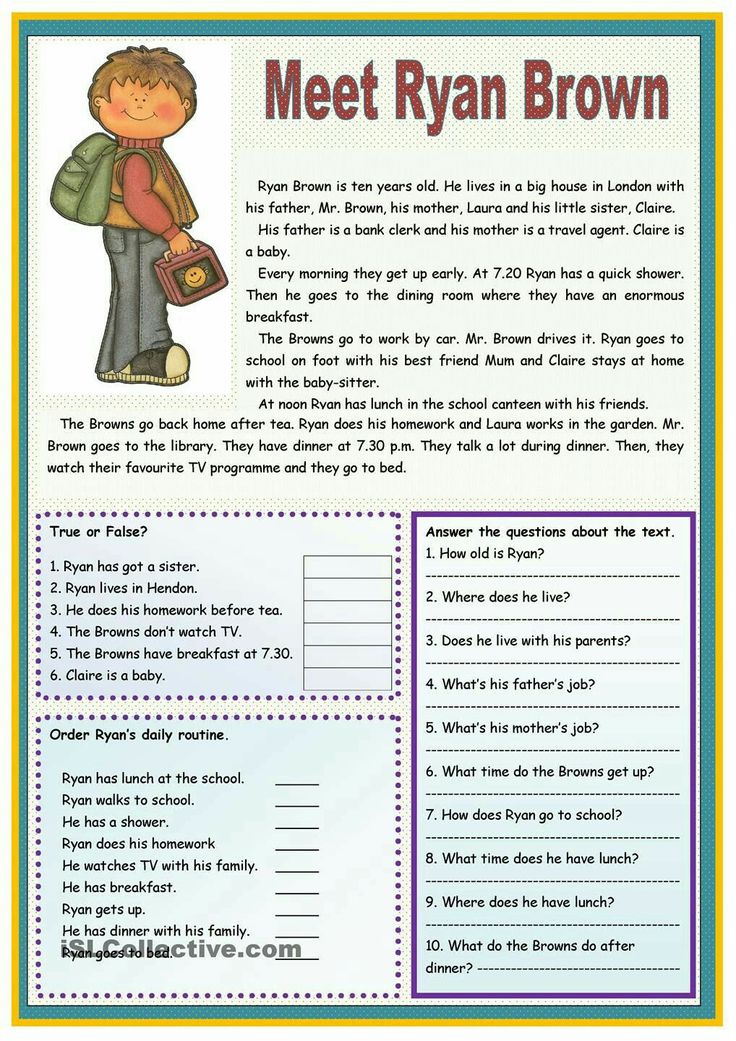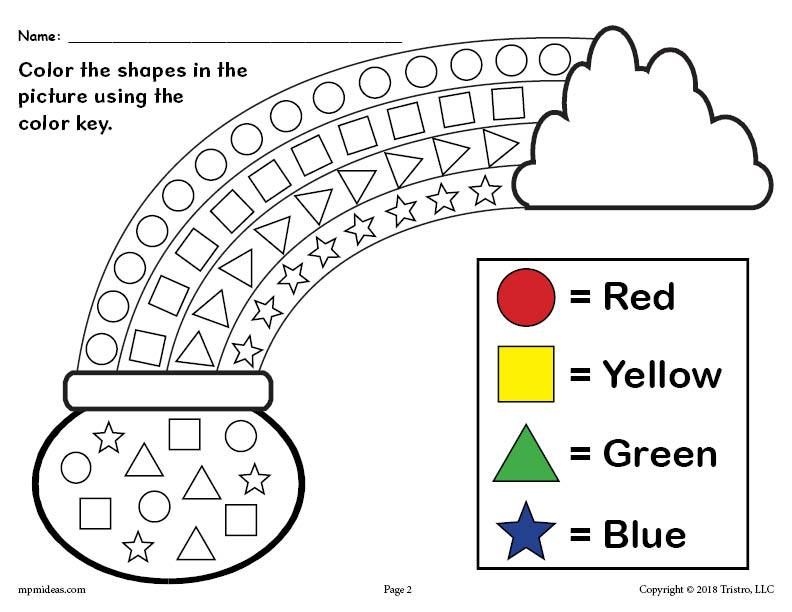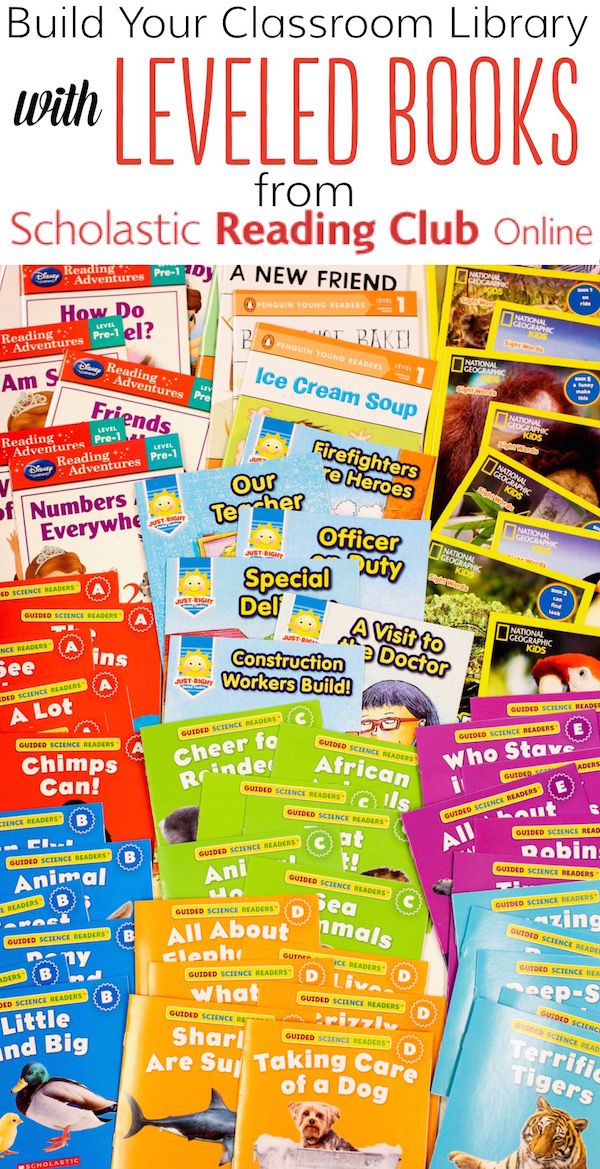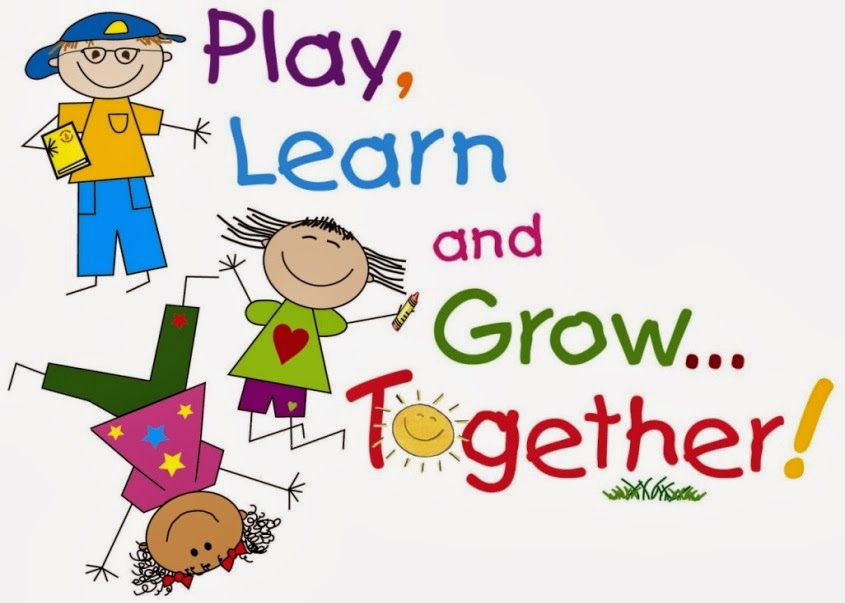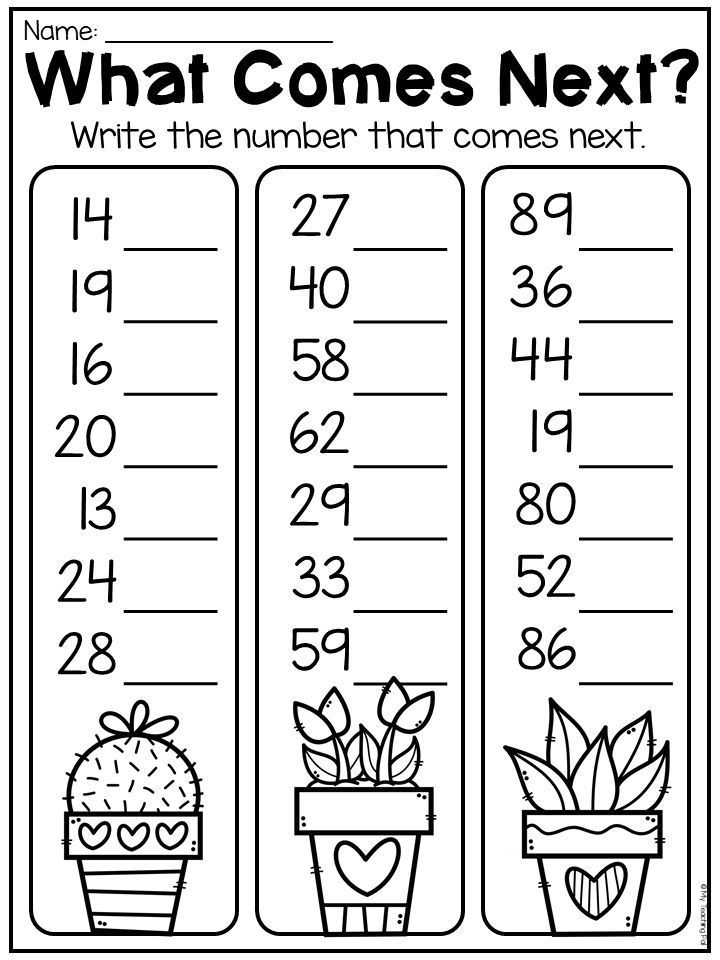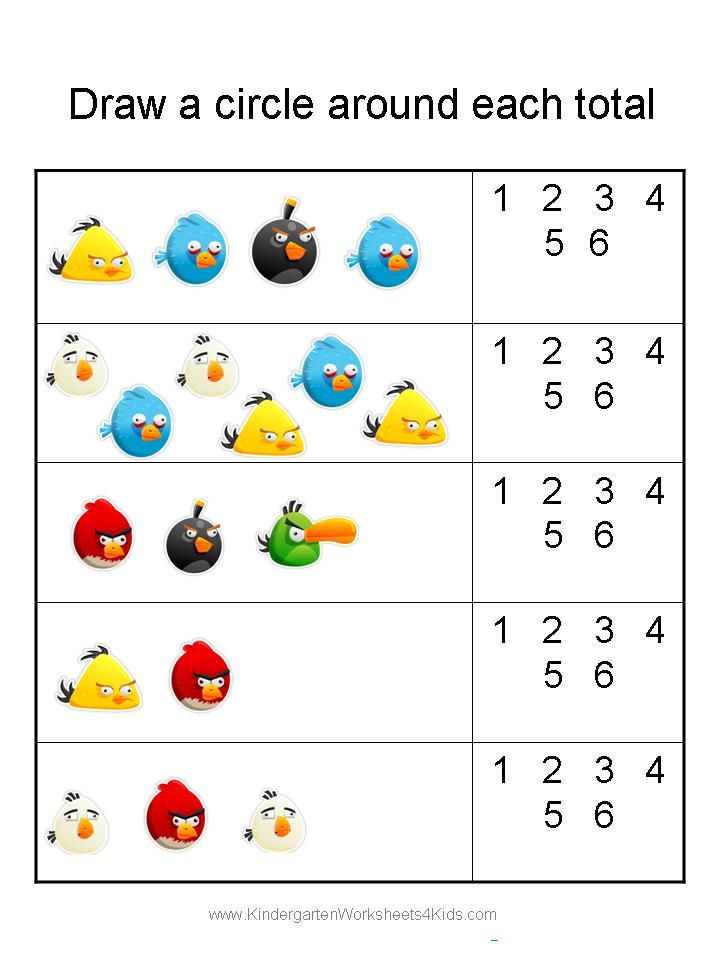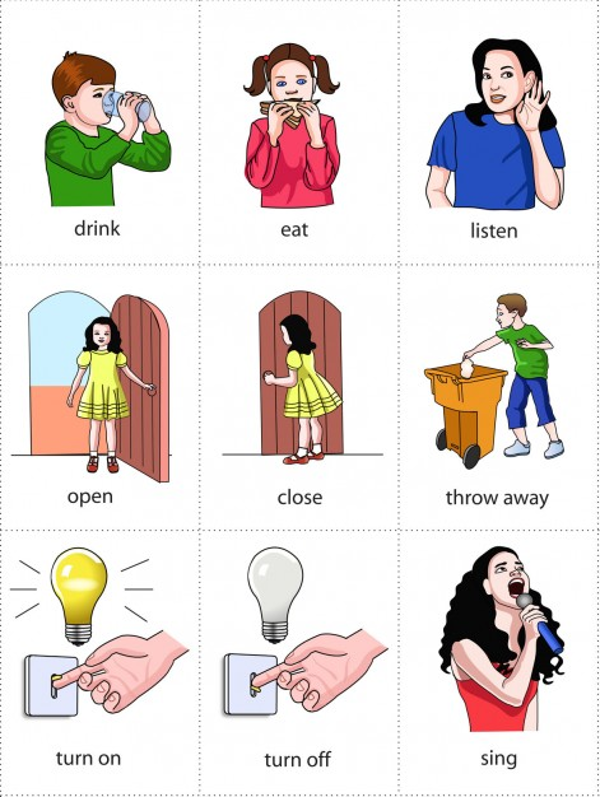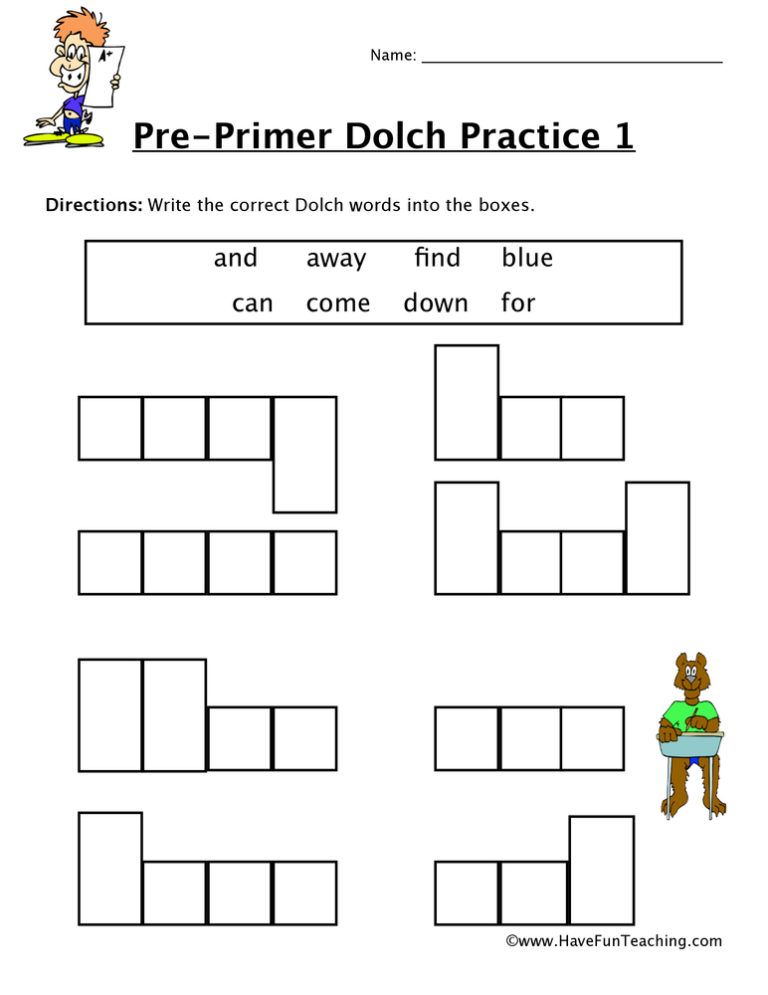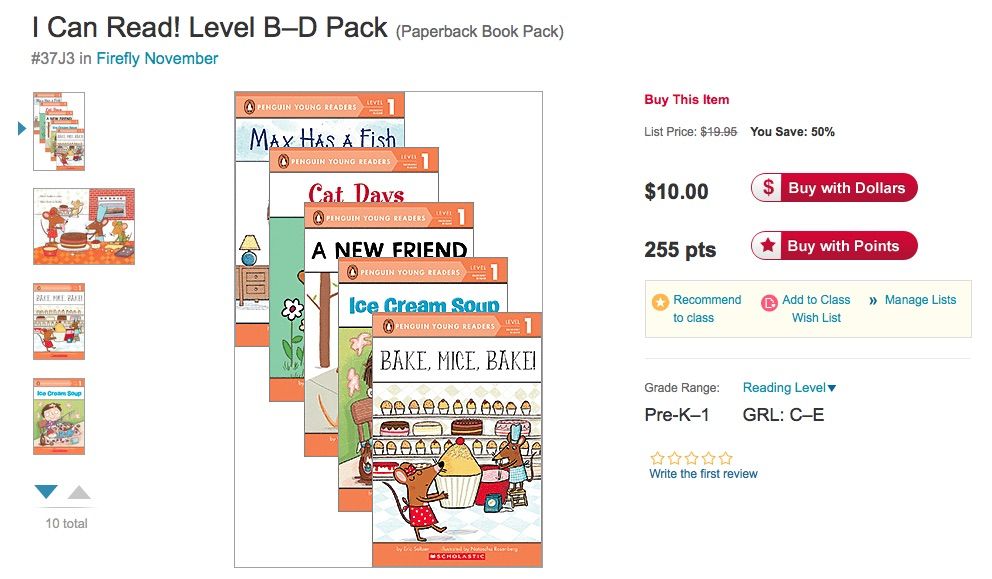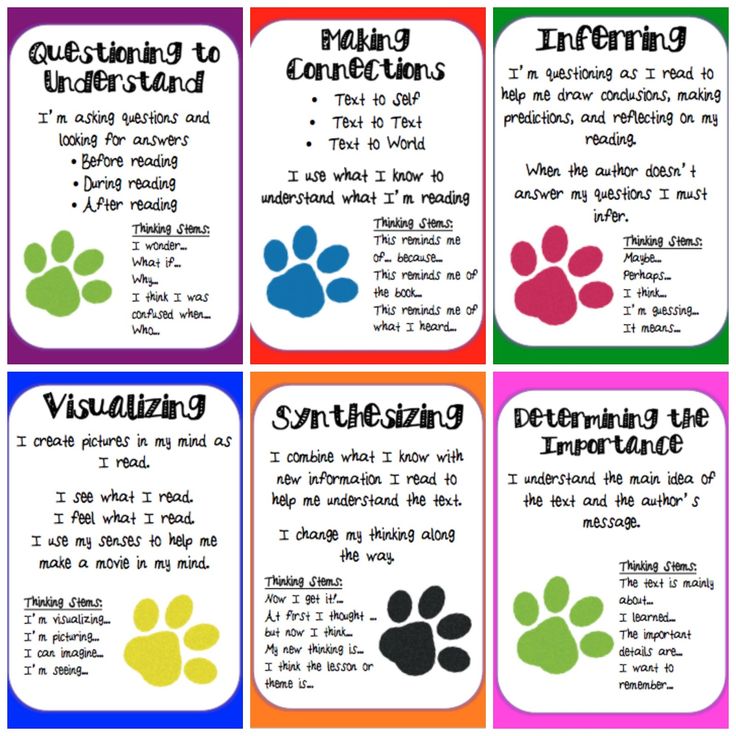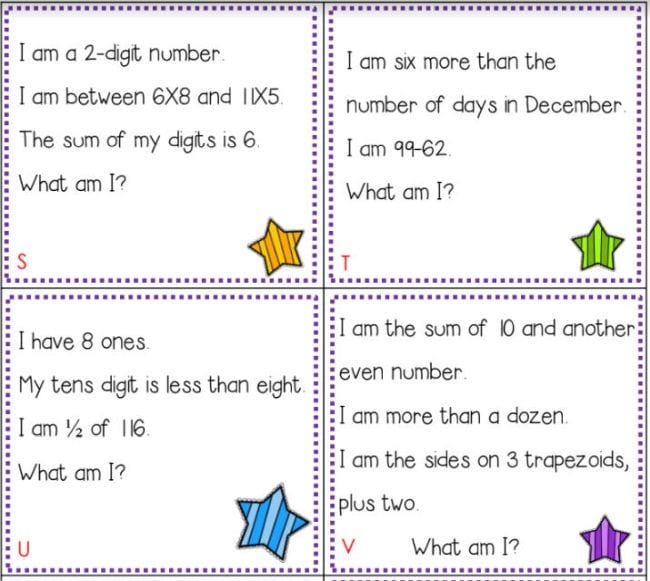What can 4 year olds do
Developmental Milestones: 4 to 5 Year Olds (Preschool)
From 4 to 5 years old, your child’s gross motor skills (using their arms and legs to move and play) and their fine motor skills (working on crafts and puzzles) are still developing. Play time becomes increasingly imaginative and is an important part of children’s growth.
Developmental Milestones
Doctors use certain milestones to tell if a child is developing as expected. There’s a wide range of what is considered normal, so some children gain skills earlier or later than others. Children who were born prematurely reach milestones later in life. Always talk with your doctor about your child’s progress, especially if there are concerns.
What can my 4- to 5-year-old child do at this age?
As your child continues to grow, you will notice new and exciting abilities that your child develops. While children may progress at different rates, the following are some of the common milestones children may reach in this age group:
4-year-olds:
- Sing songs
- Skip and hop on one foot
- Catch and throw a ball overhand
- Walk downstairs alone
- Draw a person with three separate body parts
- Build a block tower with 10 blocks
- Understand the difference between fantasy and reality
- Draw a circle and square
- Dress themselves
- Able to fasten large buttons without help
- Pull up a zipper after it is fastened
5-year-olds:
- Jump rope
- Walk backward
- Balance on one foot for at least 5 seconds
- Use scissors
- Begin learning how to tie shoes
- Draw a triangle and diamond
- Draw a person with six body parts
- Know address and phone number
- Recognize and recite the alphabet
- Write first name
- Start to help with chores around the house
- Start to lose their baby teeth
What can my 4- to 5-year-old child say?
Speech development in children is very exciting for parents as they watch their children become social beings that can interact with others. At this age, a child can usually understand that letters and numbers are symbols of real things and ideas, and that they can be used to tell stories and offer information. Most will know the names and gender of family members and other personal information. They often play with words and make up silly words and stories.
4 and 5-year-olds vocabulary is between 1,000 and 2,000 words. Speech at this age should be completely understandable, although there may be some developmental sound errors and stuttering, particularly among boys.
While every child develops speech at his or her own rate, the following are some of the common milestones children may reach in this age group:
4-year-olds:
- May put together four to five words into a sentence
- Will ask questions constantly
- May know one color or more
- Likes to tell stories
- May use some “bad” words (if he or she has heard them spoken repeatedly)
5-year-olds:
- May put together six to eight words into a sentence
- May know four or more colors
- Knows the days of the week and months
- Can name coins and money
- Can understand commands with multiple instructions
- Talks frequently
What does my 4- to 5-year-old child understand?
As a child’s vocabulary increases, so does his/her understanding and awareness of the world around them. Children at this age begin to understand concepts and can compare abstract ideas.
Children at this age begin to understand concepts and can compare abstract ideas.
While children may progress at different rates, the following are some of the common milestones children may reach in this age group:
4-year-olds:
- Begins to understand time
- Begins to become less aware of only one’s self and more aware of people around him/her
- May obey parent’s rules, but does not understand right from wrong
- Believes that his or her own thoughts can make things happen
5-year-olds:
- Increased understanding of time
- Curious about real facts about the world
- May compare rules of parents with that of friends
Wellness and Fitness Milestones
By the time kids are 3 to 5 years old, their physical skills, like running, jumping, kicking, and throwing, have come a long way. Now they’ll continue to refine these skills and build on them to learn more complex ones. Take advantage of your child’s natural tendency to be active.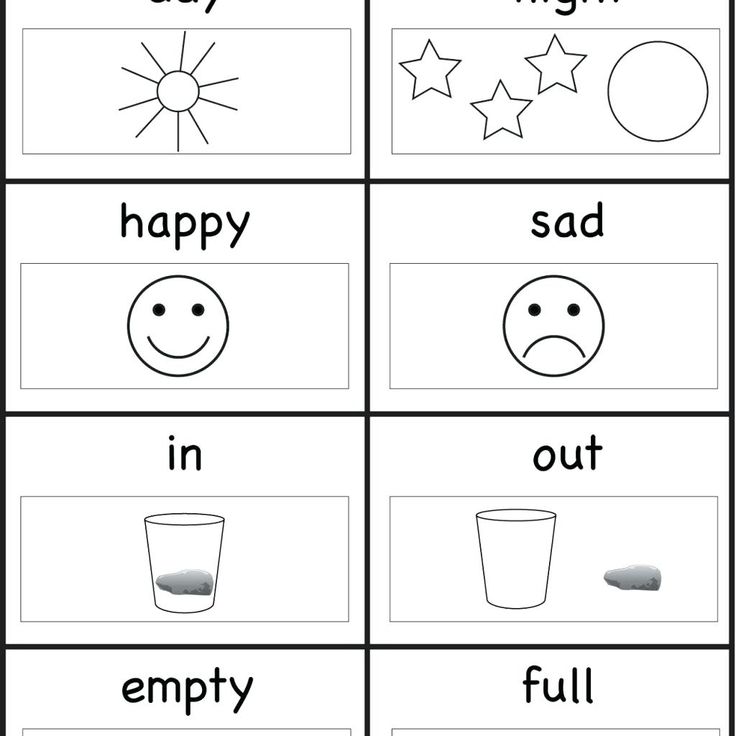 Regular physical activity promotes healthy growth and development and learning new skills builds confidence.
Regular physical activity promotes healthy growth and development and learning new skills builds confidence.
How active should my child be at this age?
Kids at this age are learning to hop, skip and jump forward. They are eager to show off how they can balance on one foot, catch a ball or do a somersault. Preschoolers and kindergarteners also might enjoy swimming, playing on a playground, dancing and riding a tricycle or bicycle with training wheels.
Physical activity guidelines recommend that preschoolers and kindergarteners should:
- Be physically active throughout the day
- Move and engage in both active play and structured (adult-led) physical activities
- Do activities such as jumping, hopping and tumbling to strengthen bones and muscles
Should my 4- to 5-year-old child participate in sports?
Many parents look into organized sports to get 4 and 5-year-olds active. The average preschooler has not mastered the basics, such as throwing, catching and taking turns. Even simple rules may be hard for them to understand, as any parent who has watched their child run the wrong way during a game knows.
Even simple rules may be hard for them to understand, as any parent who has watched their child run the wrong way during a game knows.
Starting too young can also be frustrating for kids and may discourage future participation in sports. If you decide to sign your child up for soccer or another team sport, be sure to choose a league that is right for their age and developmental stage. A peewee league that focuses on fun and learning the fundamentals might be great for a child still in preschool.
Family Fitness Tips
Playing together, running in the backyard or using playground equipment at a local park can be fun for the entire family. Other activities to try together, or for a group of preschoolers to enjoy, include:
- Playing games such as “Duck, Duck, Goose” or “Follow the Leader,” then mixing it up with jumping, hopping and walking backward
- Kicking a ball back and forth or into a goal
- Hitting a ball off a T-ball stand
- Playing freeze dance or freeze tag
Kids can be active even when they’re indoors.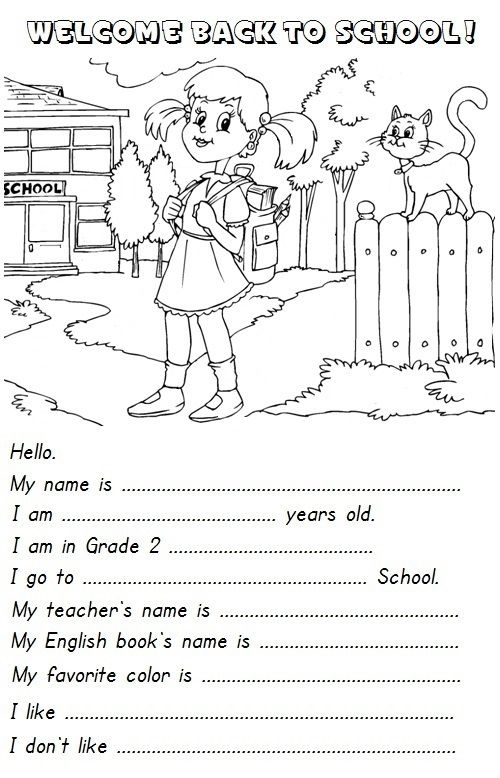 Designate a safe play area and try some active inside games such as:
Designate a safe play area and try some active inside games such as:
- Treasure hunt: Hide “treasures” throughout the house and provide clues to their locations
- Obstacle course: Set up an obstacle course with chairs, boxes, and toys for the kids to go over, under, through and around
- Soft-ball games: Use soft foam balls to play indoor basketball, bowling, soccer or catch. You can even use balloons to play volleyball or catch
How long should my 4- to 5-year-old sleep?
4 to 5-year-olds should be sleeping around 10-12 hours at night. Those who get enough rest may no longer need a daytime nap and can benefit from some quiet time in the afternoon. This is the age where they might be in preschool or in kindergarten. As they give up naps, they may go to bed at night earlier than they did as toddlers.
Check out our guide about Healthy Sleep for Children for more info.
Communication Milestones
Communicating with our kids is one of the most pleasurable and rewarding parts of parenting. Children learn by absorbing information through daily interactions and experiences not only with us, but with other adults, family members, other kids, and the world.
Children learn by absorbing information through daily interactions and experiences not only with us, but with other adults, family members, other kids, and the world.
Between the ages of 4 and 5, many kids enter preschool or kindergarten programs, with language skills a key part of learning in the classroom.
How does my 4- to 5-year-old child interact with others?
A very important part of growing up is the ability to interact and socialize with others. This can be a frustrating transition for the parent as children go through different stages, some of which are not always easy to handle. While every child is unique and will develop different personalities, the following are some of the common behavioral traits that may be present in your child:
4-year-olds can:
- Be very independent and may want to do things on his or her own
- Be selfish and do not like to share
- Be moody; mood swings are common in this age group
- Be aggressive during mood swings towards family members
- Have a number of fears
- Have imaginary playmates
- Enjoy exploring the body and may play doctor and nurse
- “Run away” or threaten to do so
- Fight with siblings
- Play with others in groups
5-year-olds can:
- Generally, be more cooperative and responsible than 4-year-olds
- Be eager to please others and make them happy
- Have good manners
- Dress self completely without help
- Get along well with parents
- Enjoy cooking and playing sports
- Become more attached to parent as they enter school
Interacting with Your Child
Kids learn more through interactive conversation and play.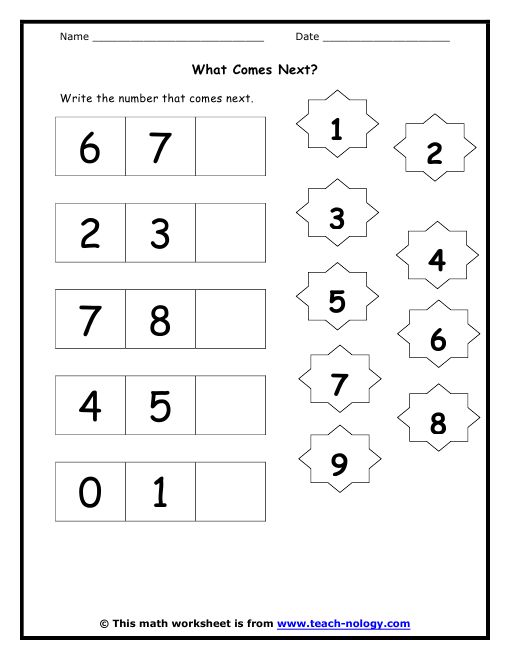 Reading books, singing, playing word games and simply talking to kids will increase their vocabulary while providing increased opportunities to develop listening skills. As kids gain language skills, they also develop their conversational abilities. Kids 4 to 5 years old can follow more complex directions and enthusiastically talk about things they do. They can make up stories, listen attentively to stories and retell stories.
Reading books, singing, playing word games and simply talking to kids will increase their vocabulary while providing increased opportunities to develop listening skills. As kids gain language skills, they also develop their conversational abilities. Kids 4 to 5 years old can follow more complex directions and enthusiastically talk about things they do. They can make up stories, listen attentively to stories and retell stories.
Here some ways you can help boost your child’s communication skills:
- Talk about the day’s activities
- Talk with your child about the books you read together
- Talk with your child about the TV programs and videos you watch together
- Keep books, magazines, and other reading material where kids can reach them without help
- Help kids create their own “This Is Me” or “This Is Our Family” album with photographs or mementos
How can I help increase my preschool child’s social ability?
Consider the following as ways to foster your preschool child’s social abilities:
- Offer compliments for good behavior and achievements
- Encourage your child to talk to you and be open with his or her feelings
- Read to your child, sing songs and talk with him or her
- Spend quality time with your child and show him or her new experiences
- Encourage your child to ask questions and explore
- Encourage physical activity with supervision
- Arrange times for your child to be with other children, such as in play groups
- Give your child the chance to make choices, when appropriate
- Use time-out for behavior that is not acceptable
- Encourage your child to express his or her anger in an appropriate manner
- Limit television watching (or other screen time) to 1 to 2 hours a day.
 Use free time for other more productive activities.
Use free time for other more productive activities.
When should I call the doctor?
You should talk to your doctor if you suspect your child has a problem with hearing, language skills or speech clarity. A hearing test may be one of the first steps to find out if your child has a hearing problem.
Communication problems among kids in this age group include:
- Hearing problems
- Trouble following directions
- Trouble asking or answering questions
- Difficulty holding a conversation
- Poor vocabulary growth
- Trouble learning preschool concepts, such as colors and counting
- Stuttering
- Trouble putting sentences together
- Unclear speech
Some kids will outgrow these problems. Others might need speech therapy or further evaluation. This is especially important to assess at a young age because some children that have difficulty with communication may get frustrated, angry and even aggressive because they cannot relay their thoughts and feelings clearly.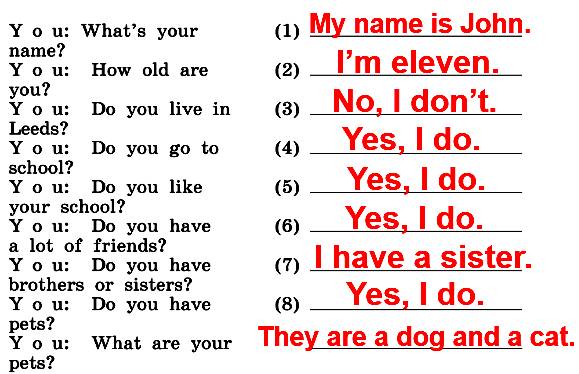
Reviewed by Dr. Priya Mody, Pediatric & Adult Medicine, CHOC Primary Care – May 2021
4-to-5 Year Old Child Developmental Milestones
Written by Hedy Marks
In this Article
- 4- to 5-Year-Old Development: Language and Cognitive Milestones
- 4- to 5-Year-Old Development: Movement Milestones and Hand and Finger Skills
- 4- to 5-Year-Old Development: Emotional and Social Development
- 4- to 5-Year-Old Development: How to Help Your Child
- 4- to 5-Year-Old Development: How to Keep Your Child Safe
- 4- to 5-Year-Old Development: When to Be Concerned
Your child is growing up. Have you noticed that your 4- to 5-year-old is becoming more independent and self-confident? If not, you will in the coming year.
Most children this age begin to develop greater independence, self-control, and creativity. They are content to play with their toys for longer periods of time, are eager to try new things, and when they get frustrated, are better able to express their emotions.
Although children grow and develop at their own pace, your child will likely achieve most of the following developmental milestones before they turn 6 years old.
4- to 5-Year-Old Development: Language and Cognitive Milestones
Your curious and inquisitive child is better able to carry on a conversation. In addition, your child's vocabulary is growing -- as is their thought process. Not only is your child able to answer simple questions easily and logically, but they should be able to express feelings better.
Most children at this age enjoy singing, rhyming, and making up words. They are energetic, silly, and, at times, rowdy and obnoxious.
Other language and cognitive milestones your child may achieve in the coming year include being able to:
- Speak clearly using more complex sentences
- Count 10 or more objects
- Correctly name at least four colors and three shapes
- Recognize some letters and possibly write their name
- Better understand the concept of time and the order of daily activities, like breakfast in the morning, lunch in the afternoon, and dinner at night
- Use future tense, such as, “We will go to the park soon.
 ”
” - Have a greater attention span
- Follow two- to three-part commands. For example, "Put your book away, brush your teeth, and then get in bed."
- Recognize familiar word signs, such as "STOP"
- Know their address and phone number, if taught
- Understand everyday things like food and money
4- to 5-Year-Old Development: Movement Milestones and Hand and Finger Skills
Children learn through play, and that is what your 4- to 5-year-old should be doing. At this age, your child should be running, hopping, throwing and kicking balls, climbing, and swinging with ease.
Other movement milestones and hand and finger skills your child may achieve in the coming year include being able to:
- Stand on one foot for more than 9 seconds
- Do a somersault and hop
- Walk up and down stairs without help
- Walk forward and backwards easily
- Pedal a tricycle
- Copy a triangle, circle, square, and other shapes
- Draw a person with a body
- Stack 10 or more blocks
- Use a fork and spoon
- Dress and undress, brush teeth, and use the toilet without much help
4- to 5-Year-Old Development: Emotional and Social Development
Your self-centered child is now figuring out that it is not always about them. At this age, children are starting to understand about other people's feelings. Your 4- to 5-year-old should be better able to work through conflicts and control their emotions.
At this age, children are starting to understand about other people's feelings. Your 4- to 5-year-old should be better able to work through conflicts and control their emotions.
Emotional and social development milestones your child may achieve at this age include:
- Enjoys playing with other children and pleasing their friends
- Shares and takes turns, at least most of the time, and understands rules of games
- Understands and obeys rules; however, your 4- to 5-year-old will still be demanding and uncooperative at times.
- Is becoming more independent
- Expresses anger verbally, rather than physically (most of the time)
- Gets the difference between make-believe and reality
4- to 5-Year-Old Development: How to Help Your Child
There’s a ton you can do every day to help your child learn and grow, such as:
- Allow plenty of time for running around and playing, and help with activities like using monkey bars and learning to swing.
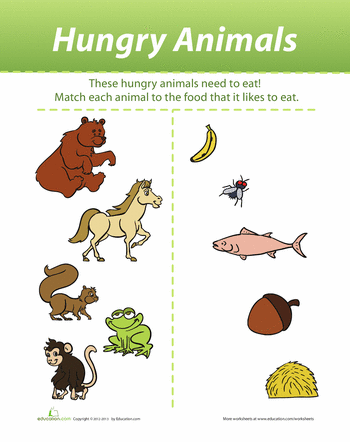
- Give your child chores to do around the house.
- Let your child choose activities with friends, and let them work out issues that come up between them.
- Point out common words and symbols in books or when you’re out and about.
- Read to your child every day -- ask questions about the stories, like “What do you think happens next?”
- Suggest activities like drawing, writing letters, and doing projects with glue, scissors, and other art supplies.
- Talk to your child and listen closely -- ask about likes and dislikes, worries, and what they did with friends today.
- Work with your child on how to manage strong feelings, like anger.
When it comes to TVs, smartphones, computers, and tablets, doctors suggest that you:
- Keep technology out of bedrooms.
- Limit screen time to 1 hour a day of high-quality programs.
- Talk about what you watch together and how it applies to the world.
4- to 5-Year-Old Development: How to Keep Your Child Safe
As children gain new abilities, they can do more and more on their own. That’s just what you want, but it means a shift in how you keep them safe.
That’s just what you want, but it means a shift in how you keep them safe.
Here are some tips to keep in mind:
- Always have your child ride in the backseat of a car in either a car seat or booster seat.
- Ask about guns and gun safety in homes where your child goes to play.
- Don’t keep guns in your home. If you have one, keep it unloaded, locked away, and separate from bullets. And make sure children can’t get the key.
- Don’t let your child play in the street, including riding bikes -- teach that the curb is the limit.
- Show your child how to cross the street -- look both ways and listen for traffic -- but help your child cross until around age 10.
- Sign your child up for swimming lessons, but don’t let your child swim alone and always keep a watchful eye in and around water.
- Teach your child not to play with lighters and matches -- and check your smoke detectors regularly.
- Wear helmets when biking, skating, skiing, and doing other activities where falls can lead to head injuries.
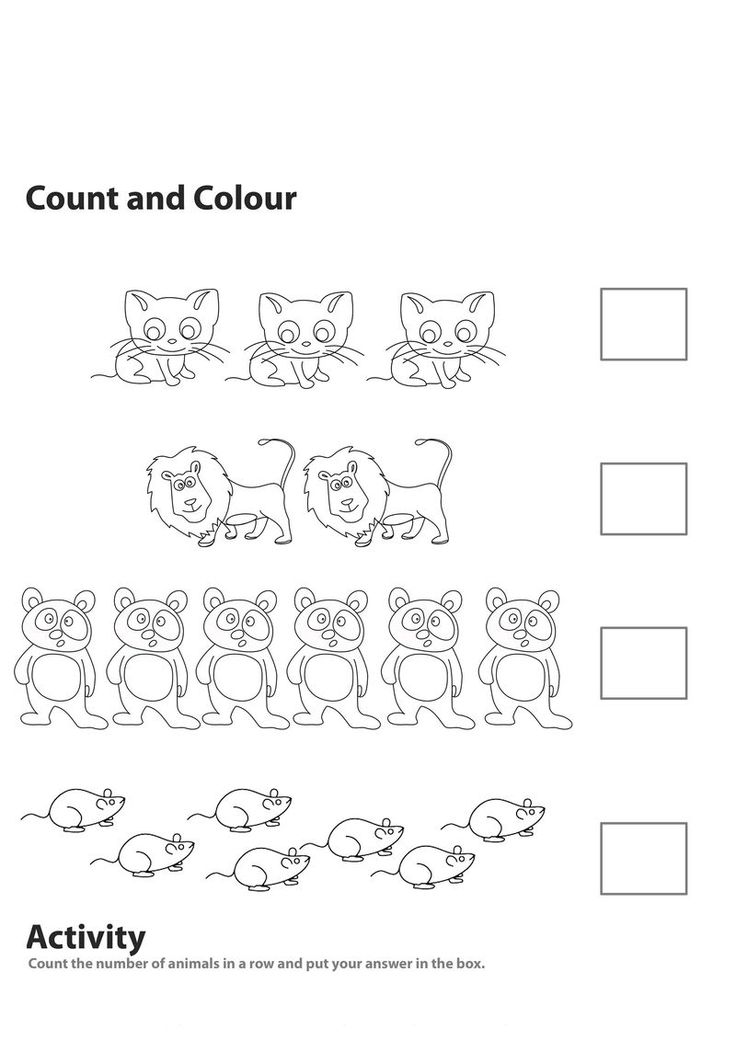
You can also start to teach your child basic safety ideas like:
- Ask only certain adults for help, like those with uniforms or name badges.
- Don’t open the door to your house or apartment unless you’re with an adult.
- Make sure your child knows their full name, address, and phone number.
- Talk about what to do in an emergency, like dialing 911.
And teach your child that certain body parts are off-limits. Tell your child that:
- No one can ask you to keep a secret from your parents.
- No one can ask you to see or touch your private parts -- the parts that a bathing suit covers.
- No one can ask you to look at, touch, or help with their private parts.
4- to 5-Year-Old Development: When to Be Concerned
All kids grow and develop at their own pace. Don't worry if your child has not reached all of these milestones at this time. But you should notice a gradual progression in growth and development as your child gets older.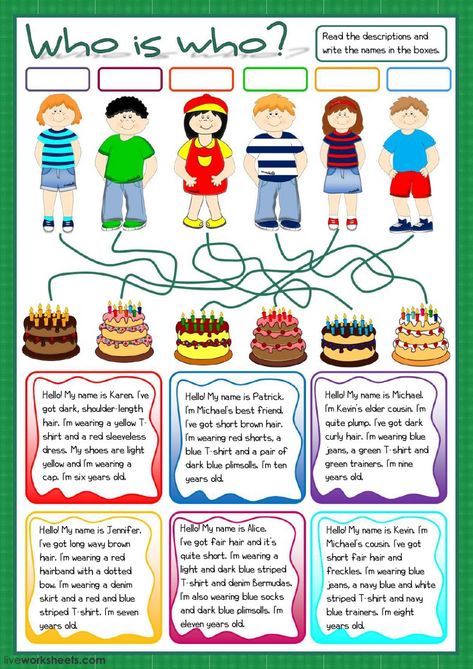 If you don't, or if your child has signs of possible developmental delay, as listed below, talk to your child's doctor.
If you don't, or if your child has signs of possible developmental delay, as listed below, talk to your child's doctor.
Possible signs of developmental delay in 4- to 5-year-old children include:
- Being extremely afraid, shy, or aggressive
- Being extremely anxious when separated from a parent
- Being easily distracted and unable to focus on one task for more than five minutes
- Not wanting to play with other children
- Having a limited amount of interests
- Not making eye contact or responding to other people
- Being unable to say their full name
- Rarely pretending or fantasizing
- Often seeming sad and unhappy and not expressing a wide range of emotions
- Being unable to build a tower using more than eight blocks
- Having trouble holding a crayon
- Having problems eating, sleeping, or using the bathroom
- Having trouble undressing, cannot brush their teeth, or wash and dry hands, without help
Also, if your child resists or struggles with doing things that they were once able to do, tell your child's doctor. This can be a sign of a developmental disorder. If your child does have developmental delay, there are many treatments available to help your child overcome it.
This can be a sign of a developmental disorder. If your child does have developmental delay, there are many treatments available to help your child overcome it.
Development of a child 4-5 years old - Tarkvanem ‹ Relationship with a child - Tarkvanem
Main page / Relationship with a child / Stages and tasks of child development / Development of a child 4-5 years old
Lateral navigation
At this age, children are active. She begins to ask questions and try to better understand this world. They play fictional games to experiment with different roles. They like to be involved in various activities, and some children at this age already know how to communicate well. To test their power, they may begin to resist the rules set by their parents.
At this age, the child learns to:
- plan and implement various activities;
- continue to discover how the world around us functions;
- exercise power;
- understand the relationship between actions and consequences;
- appropriate behavior patterns.

A parent can support a child's development if:
- sets boundaries:
- is consistent and embodies the natural consequences of the child's behavior so that he learns to take responsibility for his actions;
- allows the child (as far as the child's knowledge and skills allow) to make decisions about things related to his lifestyle so that the child feels in control of his life.
- supports the emotional and cognitive development of the child:
- teaches the child the names and types of feelings, as well as their expression;
- inspires the child to play imaginative games while helping to understand the difference between fantasy and reality;
- inspires the child to do what interests him;
- gives the child knowledge about the world and explains if the child understood something wrong;
- answers a large number of questions from the child;
- gives the child the freedom to discover and experiment as long as it is safe to do so.
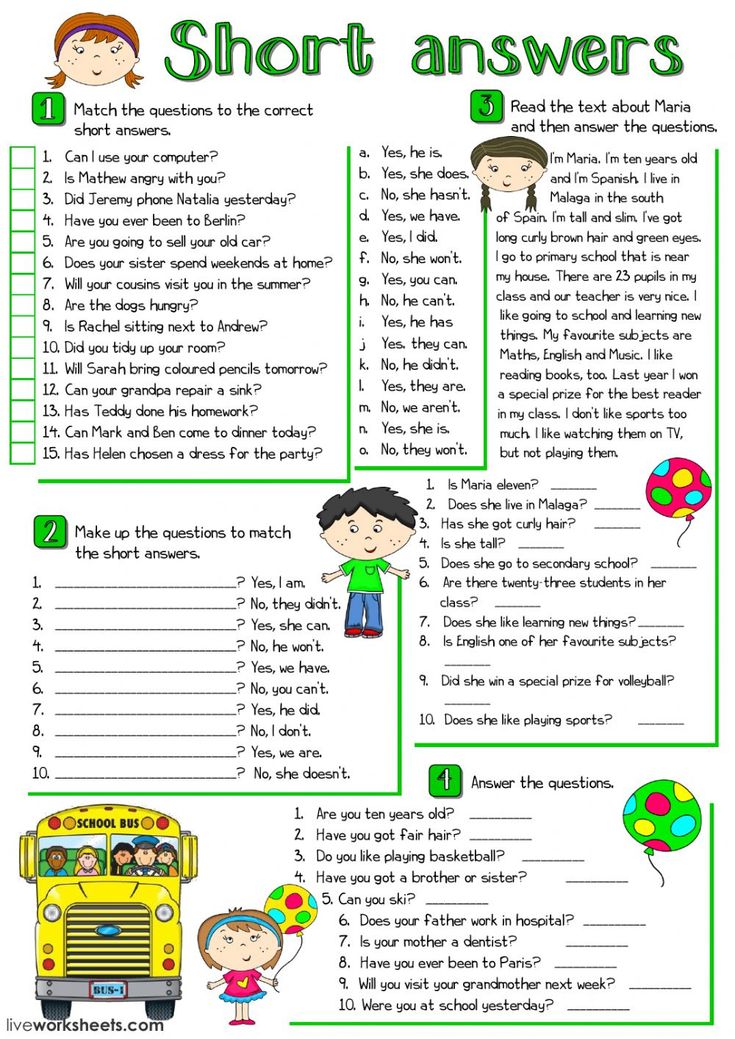
- supports the child's social development:
- supports the child's relationships with peers.
Already at the age of 2-3 years, a child can learn to put his things in their places, if he has an example to follow in the face of an adult. An older child is already able to put his clothes away (for example, mittens in a basket, a jacket on a hanger), take the dishes after eating to the agreed place, tidy up his room with the help of his parents. The child must be involved in household chores (dusting, preparing simple meals, hanging clothes on the dryer, etc.), the child must also be taught the rules of hygiene and taught to maintain order and cleanliness. The main message can be the following statement: this is our common home, everyone should be pleased to be in it, and everyone can make a feasible contribution to common comfort. A 4-5 year old child can focus on doing one activity for about 10 minutes. It is wise to give the child one task at a time, be consistent, positive, and set a good example.
At this age, there is still a lot of mysticism in the child's thinking, which is unusual for an adult. The picture of the world of the child and his understanding of life are far from reality. You need to listen to understand what is behind the fantasies. It can be both a desire to have fun (it’s so wonderful to invent), daydreaming (I can invent what I don’t have and hide from the unpleasant), or a lack of understanding of the passage of time (it’s not clear what happened yesterday, the day before yesterday, last year etc.) Quite often, children leave unsaid events related to previous negative experiences, and suddenly they will scold, punish, parents will be upset or angry. It also happens that children invent events to please their parents.
Whatever the child is doing, it is always important to listen first in order to understand the way the child is thinking. And even if the behavior does not seem good to the parent, anyway, first of all, you need to understand the child, and only then explain and look for a solution together.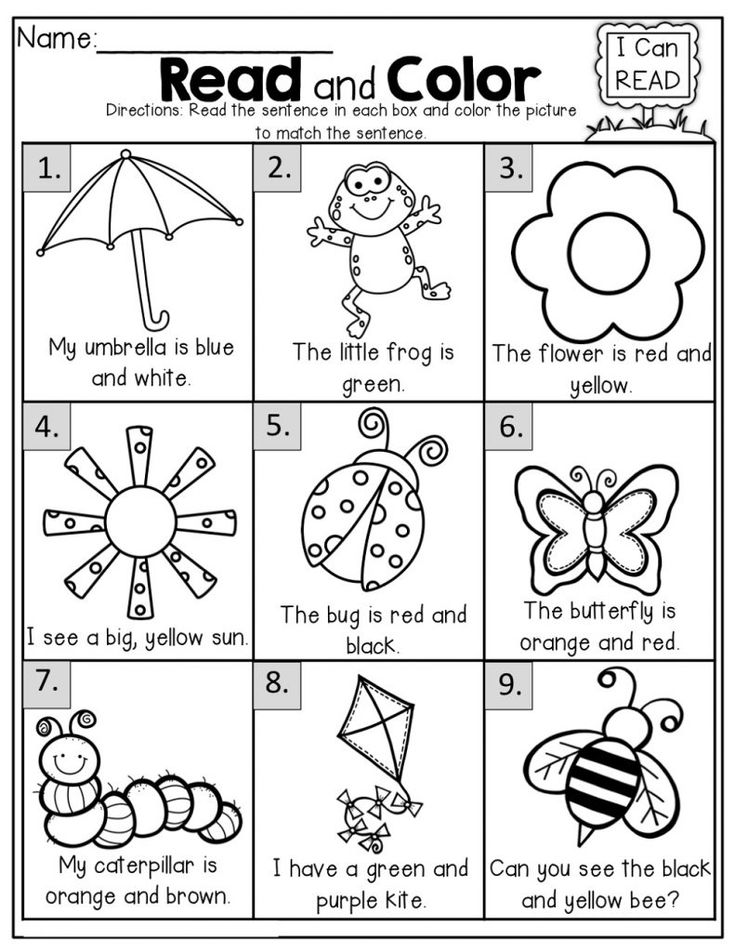 This style of behavior helps to create and maintain trusting relationships, which in turn give the child the courage to talk about everything that matters.
This style of behavior helps to create and maintain trusting relationships, which in turn give the child the courage to talk about everything that matters.
Instead of arguing, you can try to turn to dialogue: in dialogue, they listen and speak. If at a certain moment the parent does not consider the dialogue necessary, it is worth ending the conversation without bringing it to an argument: to consolidate your answer and your position. You, as a parent, stick to your point of view and do not allow yourself to be drawn into an argument. If after this the child shows his anger and frustration, it is necessary to accept the feelings of the child and remain calm. A constructive dialogue between a parent and a child is facilitated by his (the child's) previous positive experience, which consists in the fact that his proposals are listened to, and decisions are sometimes accepted as acceptable. If a child feels that he is not considered at all, for the most part he will always argue, including if he has experience of getting what he wants after the argument is over.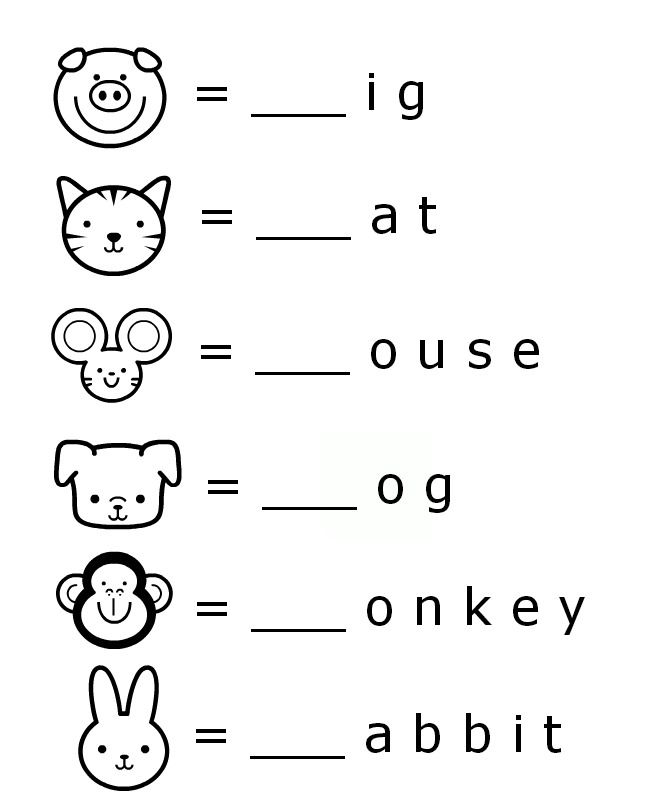 The child should have an age-appropriate right to make decisions, and the parent, in turn, determines what the child can be responsible for, and what responsibility should lie entirely on the shoulders of the adult.
The child should have an age-appropriate right to make decisions, and the parent, in turn, determines what the child can be responsible for, and what responsibility should lie entirely on the shoulders of the adult.
Answers to frequently asked questions (FAQ): family therapist Meelike Saarna
4-7 year old child – Tarkvanem ‹ Meals – Tarkvanem
Main page / Meals / 4-7 year old child
Lateral navigation
As the child grows older, he becomes more independent. This is expressed in his eating habits and food choices. Certain food preferences have formed, he wants to choose more himself, decide what he will eat.
A child's energy and nutrient requirements per kilogram of body weight are still very high, which on the other hand means careful planning of the menu to get everything you need from food.
From soft drinks, potato chips, sweets, buns and cakes, the child receives a lot of empty energy, which is enough or too much to meet the energy needs, but at the same time, he remains without other foods (fruits and vegetables, bread, milk , fish, etc.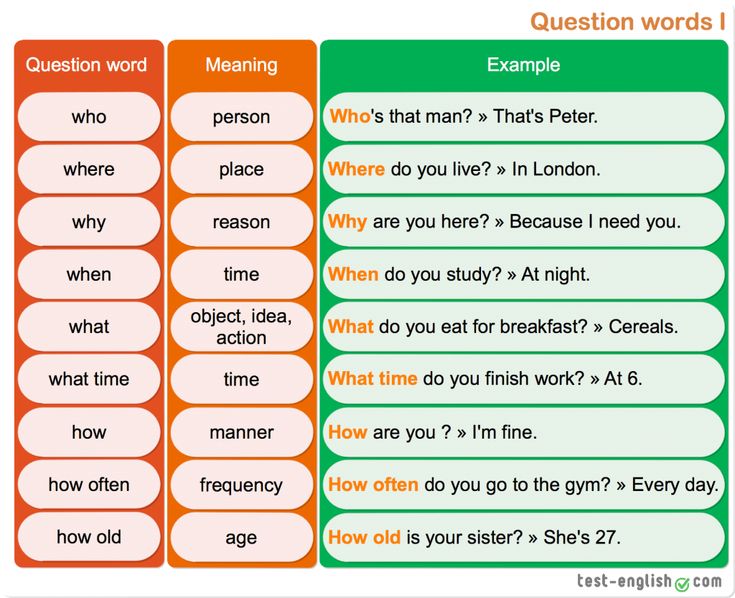 ), which are needed to obtain proteins, fatty acids, vitamins and minerals necessary for life.
), which are needed to obtain proteins, fatty acids, vitamins and minerals necessary for life.
Nutrition recommendations for children over 2 years of age are similar to adults, but since children have lower energy requirements, the recommended amount of food also decreases proportionally.
Meals
Children should have 3 main meals and 1-2 snacks per day.What kind of food and how many times to give at home depends on the time the child spends in the child care facility. The body needs to be regularly provided with the necessary amount of energy, so it is important to stick to daily meals.
Breakfast is the most important meal of the day - it supplies the body with energy so that the child can start playing or learning. If the child goes to kindergarten, weekday breakfasts must be adapted according to whether the child eats breakfast in the garden and what time he eats it. Breakfast does not need to be eaten immediately after waking up, but it is useful to have breakfast within an hour.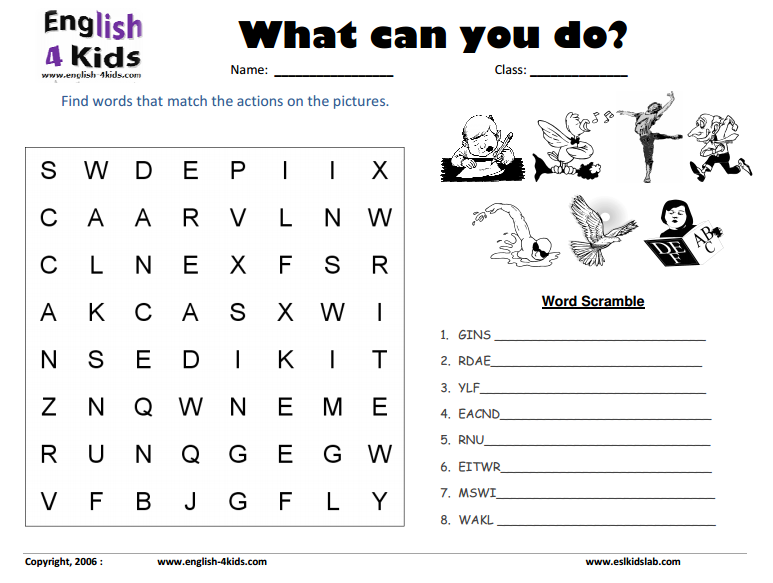
Snacks should be minimally processed (eg, fresh or dry fruits and berries, vegetables, unflavored yogurt and cottage cheese, bread, juice, oatmeal, sandwiches). Sweets, crackers, cookies, soft drinks, juice drinks, ice cream, etc. are not suitable as snacks. Even one candy or cookie between meals can ruin a child's appetite for the whole day. Do not give your child food as a prize or consolation, or if the child is bored.
Lunch and dinner can be heavy, especially lunch . Soups and a slice of bread with soup go very well, as well as a dessert using a minimum amount of sugar, or even a small second. The younger the child, the more you need to use stewing-boiling in cooking his food. Great for a variety of casseroles. Since children want to see what ingredients food is made of, teaching a child to eat mixed dishes from infancy can hide vegetables in them that children do not really like. For dinner, a dense vegetable salad is suitable, in which you can add an egg, cheese, fish, meat, homemade cheese, or something else.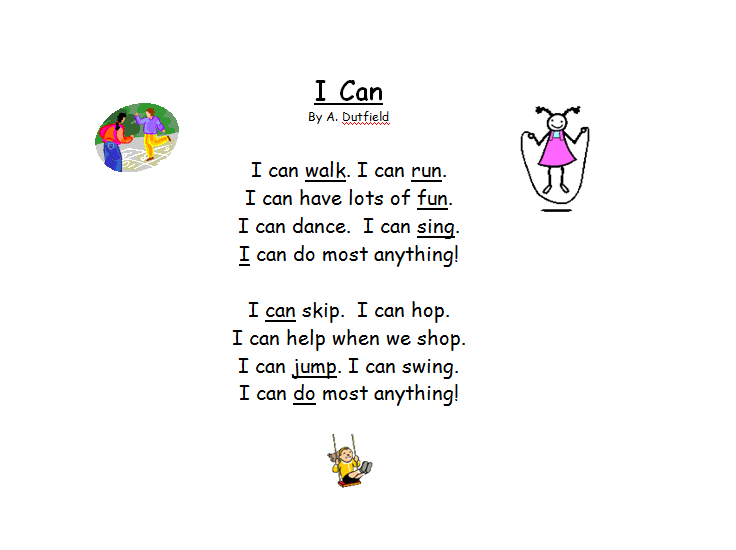 If the child eats properly in the garden, the food offered at home should not be very energy intensive.
If the child eats properly in the garden, the food offered at home should not be very energy intensive.
Dinner should be a specific time when the family eats together and where they can talk about the day's events and be together (rather than watching TV or a computer screen at the same time). Here you can discuss the menu for the next day, as well as prepare for the weekend.
Like adults, all children are different. Every child has favorite foods, as well as those that they do not like at all. Knowing the preferences of children, the child can slowly teach him to eat those foods that he usually does not eat. To do this, you can hang on the refrigerator a list of products that the child must consume during the day. In this case, it is convenient to track the choice of products and teach the child healthy eating.- A child should be taught to eat right and healthy from an early age. Habits formed in childhood often influence the choices we make later in life.
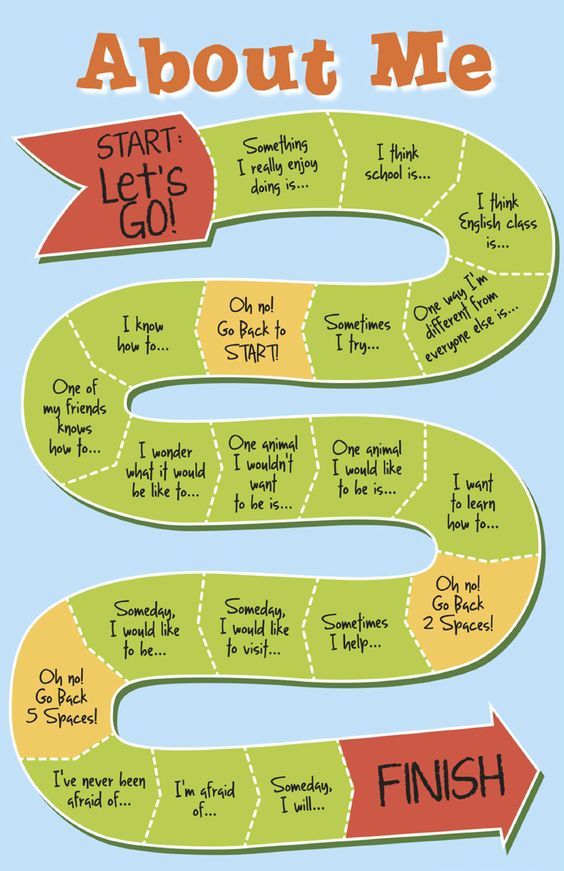 Some children are quite selective in terms of what he eats and what not; It is important that you, as a parent, be an example to your child and encourage and support healthy eating habits.
Some children are quite selective in terms of what he eats and what not; It is important that you, as a parent, be an example to your child and encourage and support healthy eating habits. - Young children in their food preferences are guided by two main factors - whether they are familiar with food and the taste of food (sweetness). Therefore, new products must be introduced carefully and in small quantities, leading by example. Getting used to new foods takes time. If you do it carefully and in a playful way, the children will be very interested.
- The more natural flowers will be presented on the plate, the more beautiful and appetizing the dish will be, the more it will contain various essential nutrients.
- When eating, the child's mood and environment are important (for example, whether the TV is playing or there are guests), as well as whether the child is hungry.
- For eating, it is imperative to set aside time to enjoy food. When eating together with the family, the child will eat faster, the example of parents is important from early childhood.
 Enjoy each other's company while eating.
Enjoy each other's company while eating. - Appearance and correct food temperature are important for a child. The child will eat with great appetite if he sees what ingredients the food was prepared from. Try different foods and cook them in different ways to ensure food variety and availability of different nutrients.
- Teach your child to choose foods from different food groups so that he understands the diversity of food. Give your child the opportunity to choose their own food from suitable foods: this or that fruit, various grains, various vegetables, etc. Teach children to eat plenty of vegetables from an early age.
- Offer water, not juice, to quench your thirst.
- A child should never be scared about food. Food is not a means of punishment or reward. Do not force the child to eat, rather attract. If you force a child to eat, it greatly affects the psyche and behavior of the child and can leave a negative imprint on his entire subsequent life.
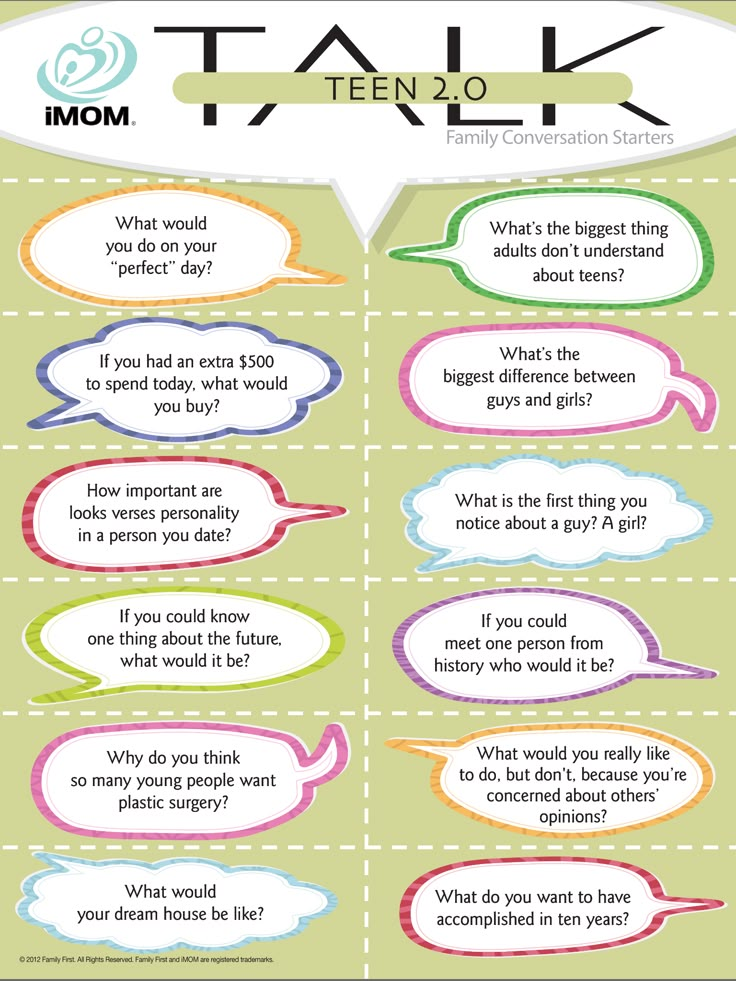
The most important child nutrition keywords:
- example
- joint meal
- availability of suitable food
- explanatory work
- time
- choice and decision making
- An example is one of the factors that will begin to shape the nutrition of a young child. The younger the child, the more influence on his choice of food is the example of parents and siblings. As the child matures, friends and the environment become more influential.
- A child’s eating habits are shaped by what food choices are available to the family (including the child) (both financially and based on the parents’ knowledge), how meals are organized at home, etc.
- Many children aged 4-7 go to kindergarten, and often spend time at home only in the evenings or on weekends. These meals should form a conscious choice. Children can discuss with children and direct their nutritional wishes.
Children grow in periods, which means that there may be times when the child eats too little, and there are periods when he eats more.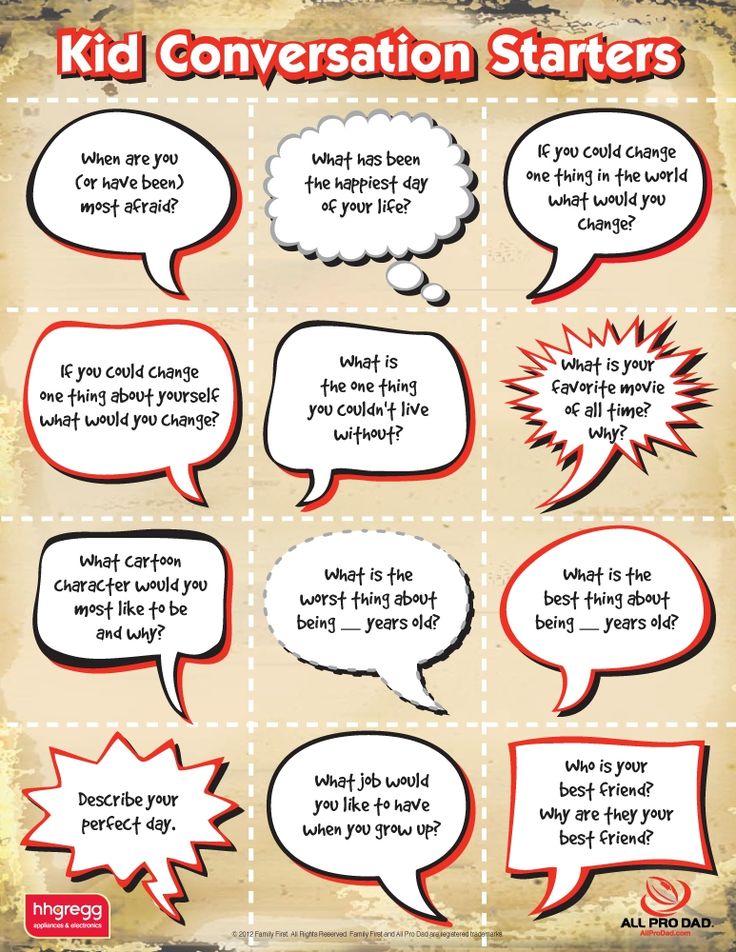
- It is useful to ensure that food intake and energy expenditure are balanced.
- If the child is very active, he should eat more.
- If the child seems to be eating too little or too much, a food diary should be kept - for about a week, record everything that and how much the child ate and drank.
- It often turns out that the problem is not in the amount eaten, but in the choice of food. After all, you can get as much energy from a couple of candy cookies as from a good portion of soup.
- It is unwise to immediately grab a jar of vitamins and minerals, you should reconsider nutrition - sufficient, balanced and varied nutrition will provide the necessary substances.
- The only exception is vitamin D, which all children should receive as a dietary supplement.
- As long as a varied and balanced diet is available to a child, he grows and develops according to his age, there is no cause for concern. If parents still feel that the child may not be getting all the necessary nutrients in sufficient quantities, from time to time blood tests can be done by a doctor to check the health.
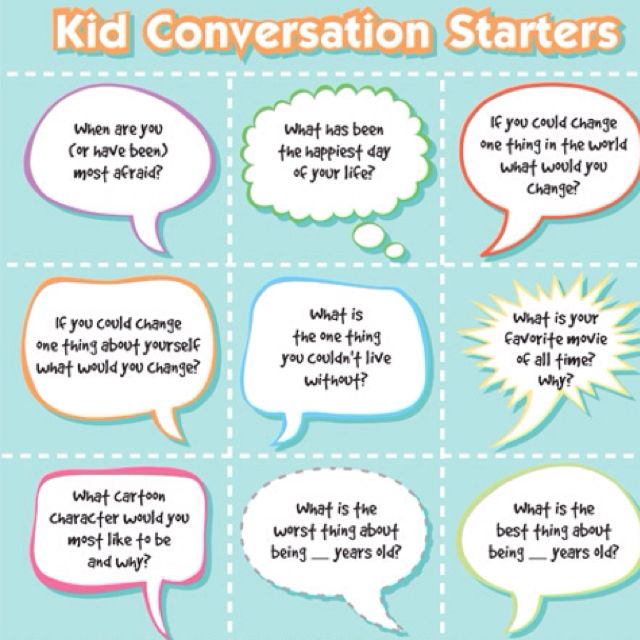
- Candy or cookies should never be given to children as a consolation, reward, or dispersal of boredom - on a subconscious level, this can affect his eating habits in the future. Avoid bringing sweets (candy, cookies) home and keep them in a conspicuous place. Instead, put peeled-cut fruits and vegetables on the table.
- To satisfy the desire to eat something sweet, nuts and dried fruits and berries are suitable, but one should not be too zealous with them either. Nuts can only be given to young children in a ground or highly chopped form, as well as to both young children and older children so that children do not have an allergic reaction to them.
- Clean water must always be available to quench thirst. You can drink up to two glasses of juice per week. If necessary, dilute the juice yourself, do not buy nectars, juice drinks and syrups in the store, not to mention soft drinks.
- Although vitamin-fortified water is thought to help you get enough vitamins, one 750 ml bottle actually contains approximately 40 grams of sugar, which is the daily dose of sweets for an adult.

- A varied, balanced and regular diet (including cereals, fruits and vegetables, and other food groups) provides sufficient vitamins, minerals and macronutrients, as well as energy, and reduces the desire to eat something sweet.
- It is very likely that an obese child will grow into an obese adult.
- Increasingly, overweight and obesity are already occurring in young children.
- This risk can be reduced through informed food choices and sufficient movement.
- With food you need to get as much energy as it is consumed. Therefore, foods rich in energy, but poor in vitamins and minerals (for example, sweets, cookies, buns, cakes, soft drinks, potato chips, etc.) should be eaten as little as possible.
- Food choices should be as varied as possible, including whole grains, vegetables and fruits, as well as berries, unsweetened dairy products, fresh fish, poultry, meat and eggs, nuts and seeds.
- The child must be physically active (in the house and in the yard) for at least 60 minutes a day, even more is better.
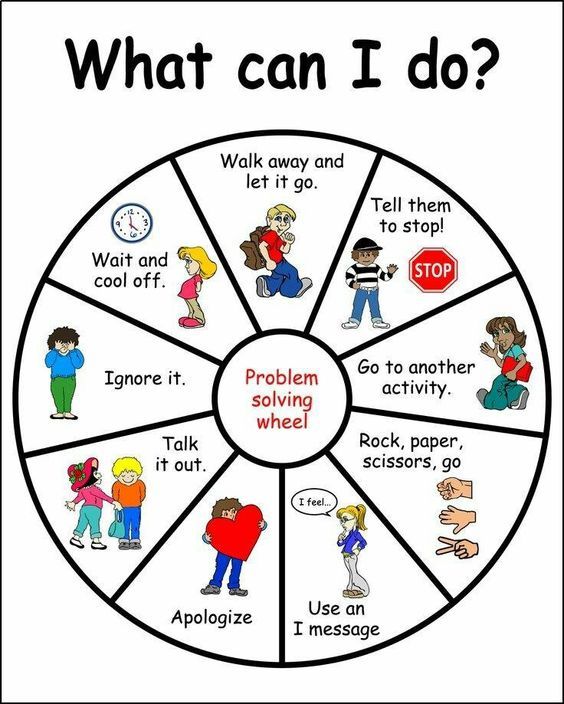
- To check whether the child is growing and gaining weight normally, you can look at the growth and weight curve of infants and children, and in case of underweight or overweight, it is imperative to consult a family doctor or pediatrician for further instructions. You can not limit the nutrition of the child, guided by their own ideas.
Kindergarten children often eat out three times a week - breakfast, lunch and dinner.
According to how much time the child spends in kindergarten, how many times and what he eats, it is necessary to form the child's home meals. The body needs to be regularly provided with the necessary amount of energy, so it is important to stick to daily meals.
Keep up to date with the kindergarten's weekly menu, create different options for homemade dinners or weekend lunches. Also ask teachers if the child ate in the garden and how much he ate from what was offered, take this data into account when serving homemade dinner.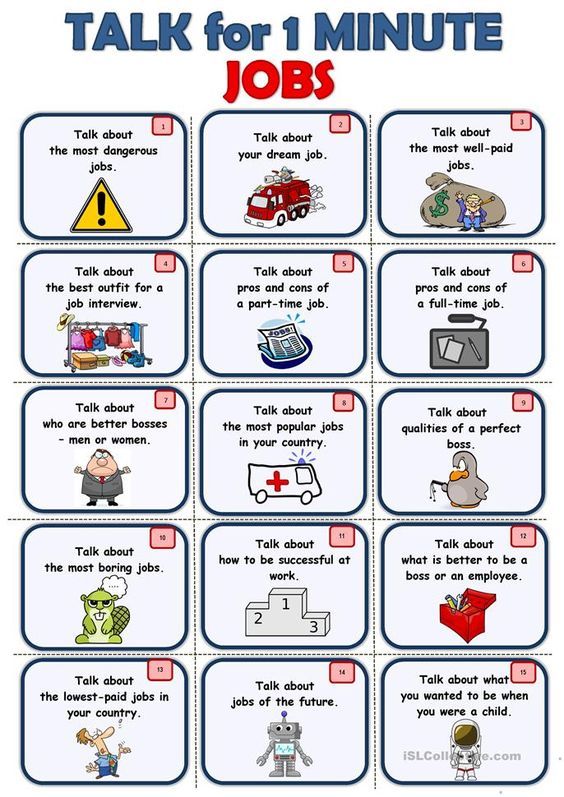
The more flavors and foods you introduce to your child from an early age, the easier it will be for them to get used to food in kindergarten.
In Estonia, food regulations have been developed in pre-school child care institutions, which are regulated by an order of the Minister of Social Affairs.
Too many meals offered to children often include too much salt or sugar. Children's meals may appeal to children (often due to their high fat, sugar and/or salt content), but their nutritional value is often very low. Instead of children's meals, it is better to choose a regular dish or soup and ask for it to be prepared with as little salt as possible.
Fast foods also tend to be high in energy (and high in fat, sugar and/or salt). For example, from one small cheeseburger, small fries and 250 ml of cola, a child can get about 650 kcal, which is about 40% of the daily energy requirement of a 7-year-old child with an average activity. Salt in this choice contains a little more than is acceptable per day (children aged 2-9 years can receive no more than 4 grams of salt from all sources per day).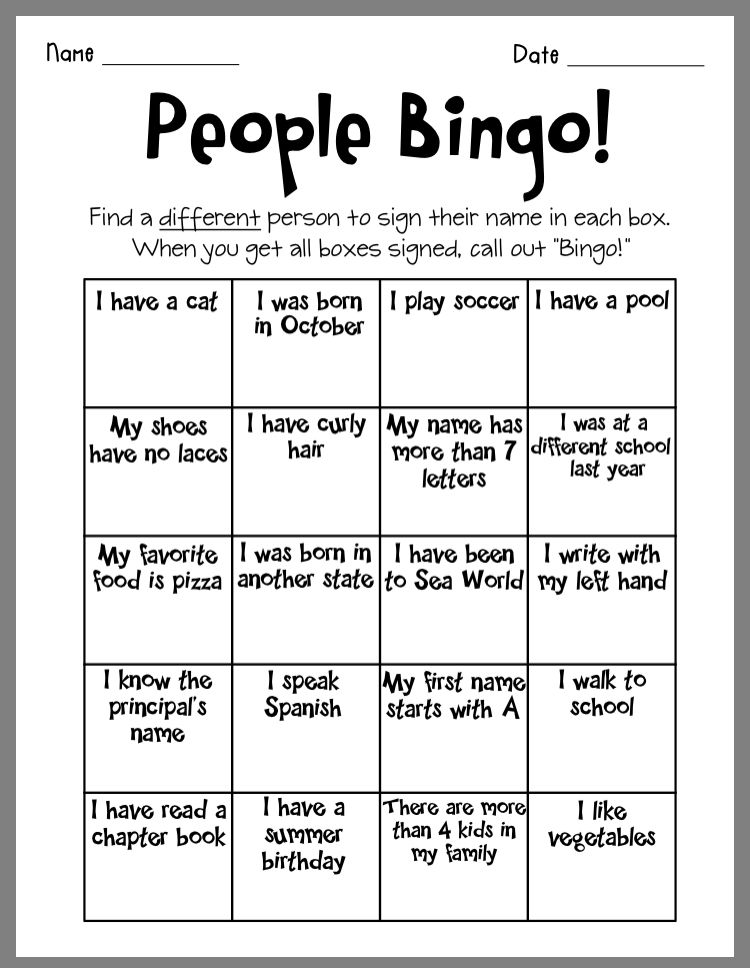 A soft drink contains just over 25 grams of sugar, which is also more than half of the maximum allowable daily amount of sugars. If you absolutely want to offer such food to a child, this is possible no more than twice a year, and then if the daily diet is in order.
A soft drink contains just over 25 grams of sugar, which is also more than half of the maximum allowable daily amount of sugars. If you absolutely want to offer such food to a child, this is possible no more than twice a year, and then if the daily diet is in order.
- Depending on the age of the children invited to the birthday, when choosing food for the festive table, you can be guided by recommendations for their age.
- The food offered at the birthday party must be prepared from minimally processed raw materials. The less sweets, soft drinks, potato chips and other similar foods on the festive table, the better. If there is a rich and convenient selection of fruits and vegetables on the festive table, and the children have something to do, the children will not even remember that such food exists.
- First of all, it is great for children (especially if the birthday is not at home, but in some kind of playroom) sliced vegetables such as carrots, paprika, cucumber and cauliflower with homemade unseasoned yogurt dip sauce.
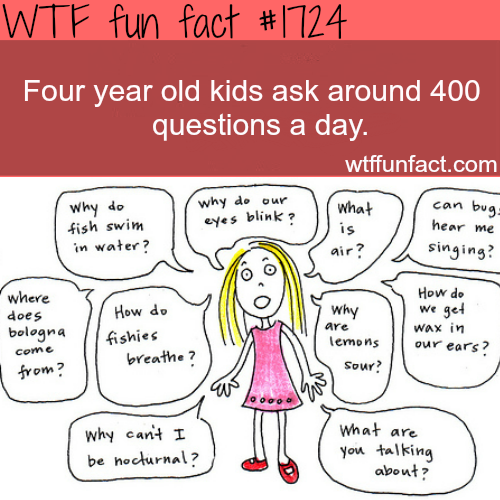
- You can offer fruit on a skewer (melon, pear, watermelon, grapes).
- If desired, you can prepare more dense dishes (salads, homemade pizza, etc.), but they must be prepared from minimally processed raw materials.
- If you offer baked goods, try to find low sugar options (raw sugar, agave syrup, etc. are not good alternatives).
- If there are only a few children's birthdays in which the child participates in the year, on this day you can "sin" a little and offer the children a little more food to their liking, for example, meatballs, sausages, oven-cooked french fries, popcorn without salt. But this is again provided that on other days the choice of food corresponds to the recommendations.
- Always read the label on food packaging! This will help you make a more informed choice.
- The allowable amount of supplements for children is usually less than for adults (the maximum amount is based on the body weight of an adult).
 Therefore, be careful with colored sweets, drinks, cookies with a long shelf life, desserts and sausages, products containing synthetic sweeteners.
Therefore, be careful with colored sweets, drinks, cookies with a long shelf life, desserts and sausages, products containing synthetic sweeteners. - If the child is old enough to participate in the grocery shopping, let the child choose between suitable foods: one or another fruit, various cereal products, various vegetables, etc.
- Avoid the shelves with sweets, biscuits, soft drinks, etc., so that the child does not have a desire to buy sweets.
- If a child in a grocery store always asks for candy, etc., then it is better to go there without the child or take the child to the store when he grows up and understands what and when is bought in the store.
- Always go to the store on a full stomach, with a shopping list, and avoid impulse purchases.
The less time preschoolers spend watching television and gadgets, the better.
The use of gadgets and watching TV is not recommended while eating, as it diverts attention from eating as a process.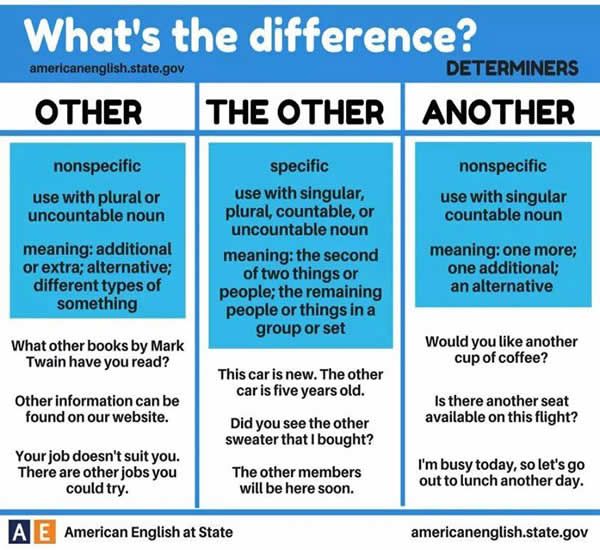 In turn, this forms the wrong eating habits in children.
In turn, this forms the wrong eating habits in children.
While eating, all attention should be paid to the process of eating.
- The principle of a healthy lifestyle is that the amount of energy received from food and the amount of energy expended are in balance.
- All children should be as active as possible from an early age. Parents themselves should orient their children to the movement, be an example to them.
- The child must be physically active (in the house and in the yard) for at least 60 minutes a day, even more is better.
- Mobility habits formed in childhood are the basis for adult mobility habits.
- If the child is more active (for example, goes to some kind of training), his need for energy is higher due to the energy expended. The additional energy requirement cannot be covered by the energy obtained from sweets and fast food; nuts and seeds can be added to the menu.
- Before eating and preparing food, you and your baby should always be thoroughly washed to prevent possible microorganisms that cause illness from getting into the stomach.
